
Throughout the years, police brutality has been up for question as it has been a topic of debate. It’s difficult to choose a winner to this debate especially when there are extremely different views on both sides.
When students heard about the marches and protests during the 1960-90’s against segregation, students didn’t really learn about the police letting dogs attack teenagers or how they beat protesters nearly to death with the batons they carried. While minorities have known about the brutality of police for as long as it’s been around, the majority of our population is just now starting to open their eyes to the beatings, killings and the abuse of power our police officers are given to serve and protect.
Since the early 1960s and forward, there were many civil rights movements that took place. Even though these movements included people of multiple different races, religions and ethnicities, there was still violence that would follow almost every single time. On May 2nd of 1963, more than 700 black students from elementary to high school protested racial segregation in Birmingham, Alabama. Many of these kids were arrested, blasted with fire hoses, clubbed and beaten by officers and attacked by police dogs.
The next day, May 3rd, 1963, countless more children began to march in protest of what occurred the day before. Lieutenant Eugene “Bull” Connor, commissioner of public safety, then directed and enforced the local police and firemen to attack the children with once again, high-pressure fire hoses (which can knock a person over causing broken arms or legs, short term or even permanent head injuries, eye injuries, etc), batons, and police dogs.
There was another instance on the 18th of February in 1965 where a non-violent civil rights activist was killed after a night march had been brutally split up by the Alabama State Troopers. While the night march was being broken up, civil rights activist, Jimmie Lee Jackson fled with his mother and grandfather. Police followed them into a cafe where they physically assaulted the three. When Jackson went to the aid of his mother and grandfather, trooper James Fowler, an Alabama State Trooper, shot him twice in the abdomen, killing Jackson.
Now, almost 50 years later, the same incidents continue to happen. Media portrayal began on August 9th, 2014 when 18 year old Michael Brown was shot and killed by officer Darren Wilson. In Ferguson, Missouri, Brown, unarmed with his friend Dorian Johnson were aggressively confronted by officer Wilson with suspicion of the two previously robbing a gas station. An altercation ensued when Wilson began yelling vulgar words at the two men and opened his door hitting both Johnson and Brown. In total, Brown was shot twice in the head and four times in the abdomen and right arm. While it is hard to tell who was at fault in this case, it was the beginning of the social justice movement #BlackLivesMatter against police and the brutality that can accompany their power.
Shortly after this occurrence, riots and protests broke out throughout Ferguson. While it’s understandable why the police showed resistance to the rioters, the same resistance was unnecessary when it came to the peaceful protests. The gas bombs and rubber bullets that were shot into groups of peaceful, unarmed protesters were not necessary. The news spread across the nation making the people who cared outraged.
As the news began to spread and reach all corners of our nation, more examples of police brutality broke out. For instance there was the death of Eric Garner who was being restrained with an illegal choke hold and even though he exclaimed multiple times, “I can’t breathe,” NY police continued to tighten their grasp around Garner’s neck, making the 43 year old lose consciousness and die. While Garner’s obesity, chronic bronchial asthma and cardiovascular disease were contributing factors, the illegal choke hold put all three together causing failure of his heart and extreme loss of breath.
There was also the shooting of Tamir Rice, only 12 years old, who was playing with a fake gun and was shot by police two seconds after arriving on scene. Before the officers even stopped to see whether or not the gun was real, Rice was shot in the torso. Neither officer Timothy Loehmann or Frank Garmback administered first aid even after realizing the gun was fake.
This past summer, on July 13th, there was a case involving the death of a 28 year old woman, Sandra Bland, who was initially pulled over for allegedly failing to use her turn signal. When Bland refused to leave her car, the officer threatened her with a taser and said “I will light you up!”
When Bland left the car, the officer pulled her away from the dashcam in his car. Off to the side, the officer began yelling things that insinuated Bland was attacking him. Bland attacking the officer was disproved by a cell-phone video showing the officer putting his knee onto Bland’s back and forcing her head into the ground while yelling his accusations. Shortly after Bland was admitted to the Waller County jail, she was found dead in her cell. There is still an ongoing investigation on whether or not this should be ruled as suicide or murder due to the conflicting evidence.
On October 20th, 2015 in Chicago, Illinois, a 17 year old male named Laquan McDonald was shot ten feet away by officer Jason Van Dyke 16 times. Van Dyke claims that McDonald lunged at him with the knife, but a dash cam video from another Chicago police car shows McDonald walking away from the officers seconds before the 17 year old was shot. Originally, there wasn’t even a necessity to shoot the teenager. Shooting him twice while he was standing and then again, fourteen more times after he had hit the ground, was uncalled for and a complete definition of police brutality .
Although there have been many protests and many uprisings against all of these brutal attacks, more and more police brutality on black citizens examples keep occurring. So what needs to be done in order to control or completely stop these fatal attacks? It is believed that the change needs to start within the police departments themselves.
Since not every police officer can or should be labeled as someone who abuses their power, there needs to be something to specifically pinpoint the good from the bad. This is why there needs to be a mandatory psychological evaluation of police officers every 6 months.
With these evaluations, a psychiatrist can point out who is or isn’t fit to do their job efficiently and effectively. With this, there also needs to be a constant check ups on the amount of complaints or lawsuits officers have on them.
In the case of Laquan McDonald, officer Van Dyke had at least twenty complaints and two lawsuits against him. Within the complaints, he has been accused of racial slurs, manhandling suspects and pointing his gun unlawfully at people he’s arrested.
If there had been a psychological evaluation and a routine check up, this whole situation could have possibly been avoided. A psychological evaluation can show a person’s strengths and weaknesses. They can also show when a person is about to break down due to the amount of stress or pressure they are under. Evaluations also allow different characteristics, like depression or anger management problems, to be shown. Psychology can determine the overuse of power leading to brutality by allowing the police departments to see who is or isn’t mentally stable.
If a person, especially a police officer who has access to weapons, isn’t mentally stable, there really is no telling what can happen. By adding a psychiatrist to every police department, a mandatory psychological evaluation every 6 months and a routine check up on the complaints or lawsuits made against officers, there could be a definite decrease in examples of police brutality.
The Unveiling of Police Brutality: How Police Abuse Their Power
January 18, 2016

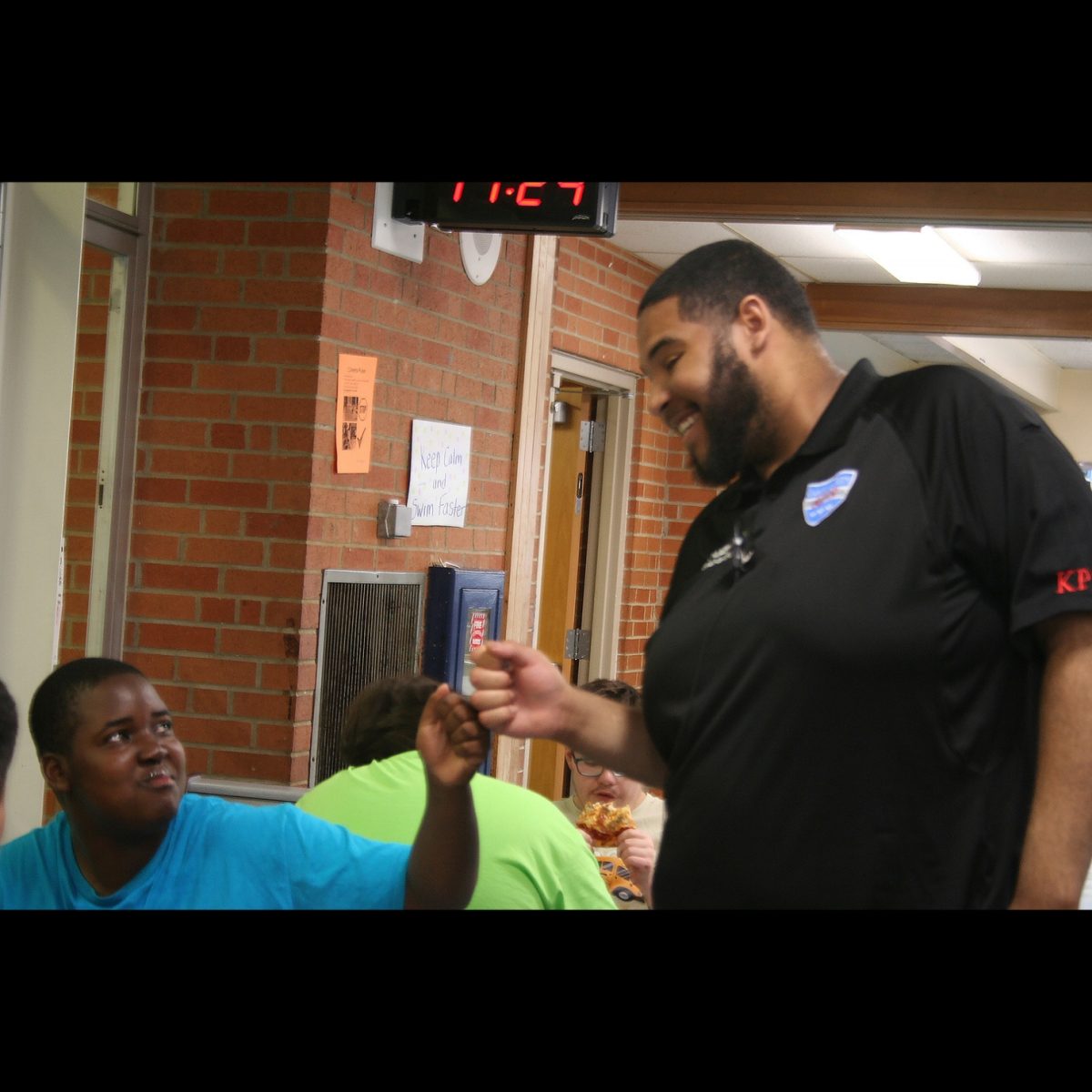
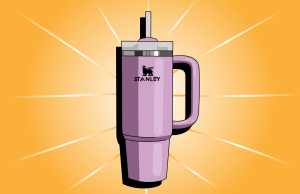




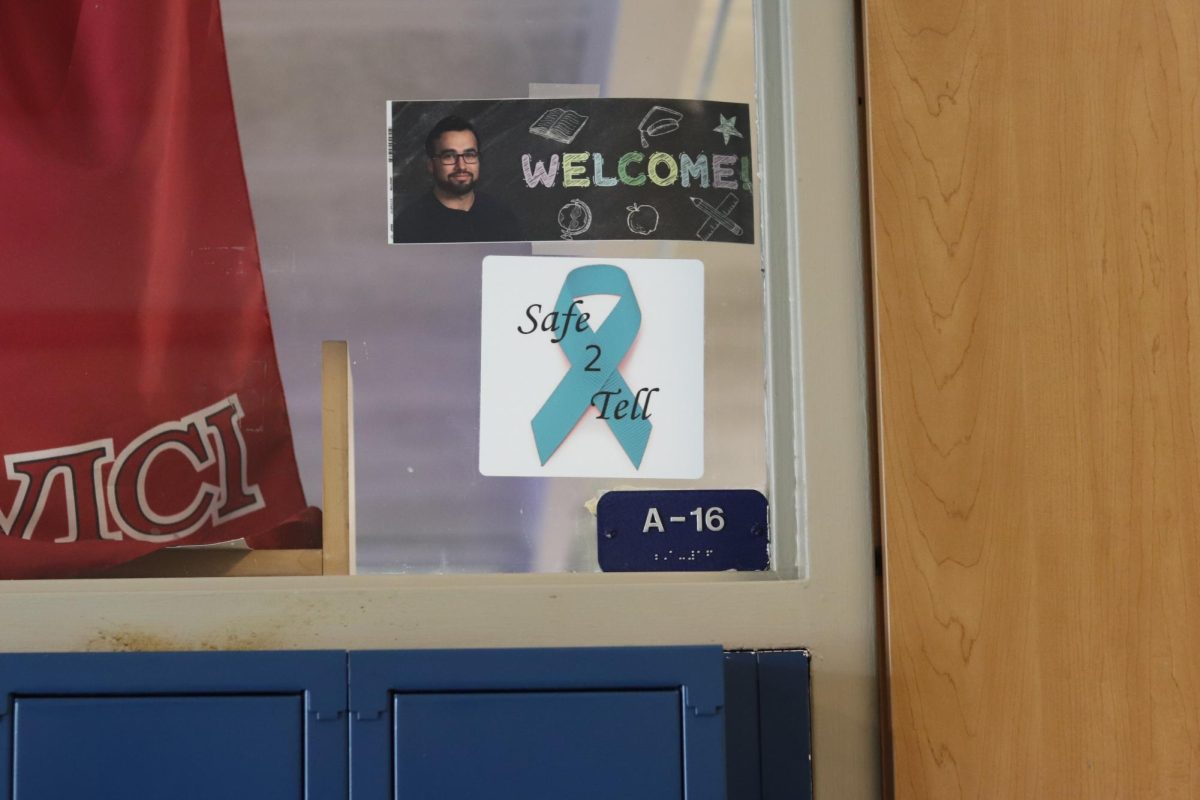
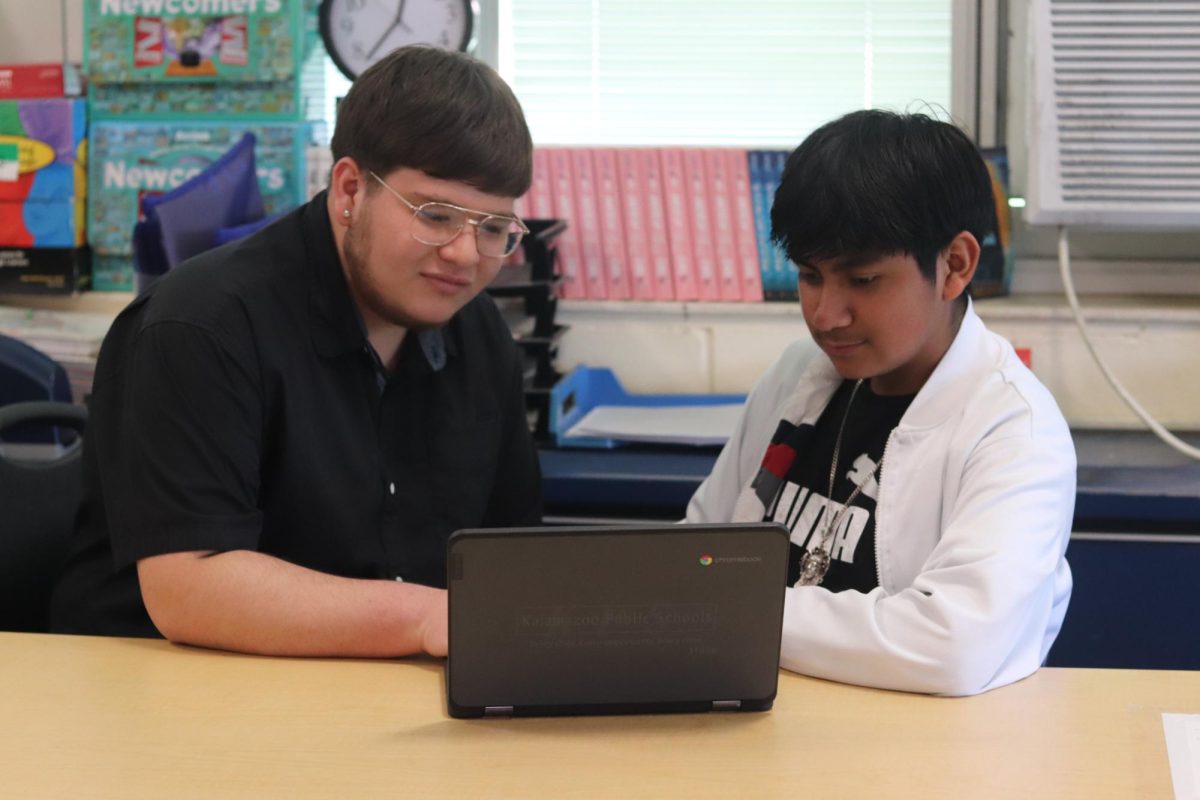
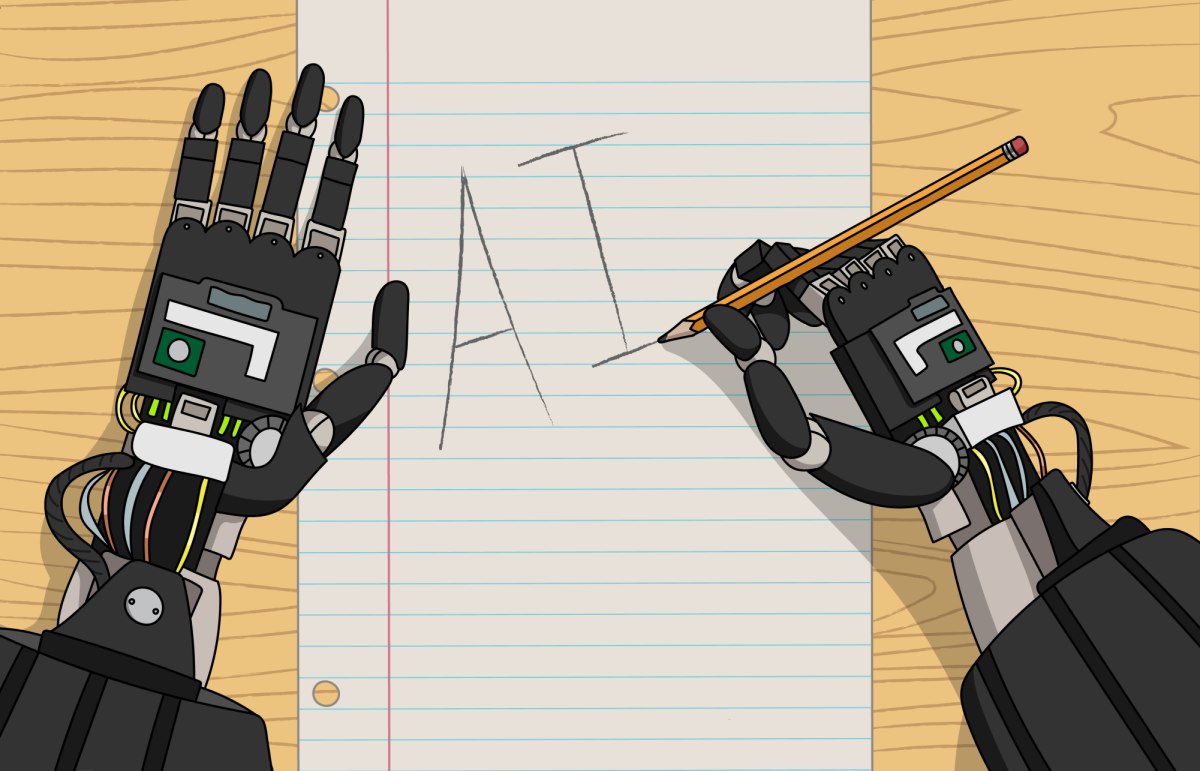


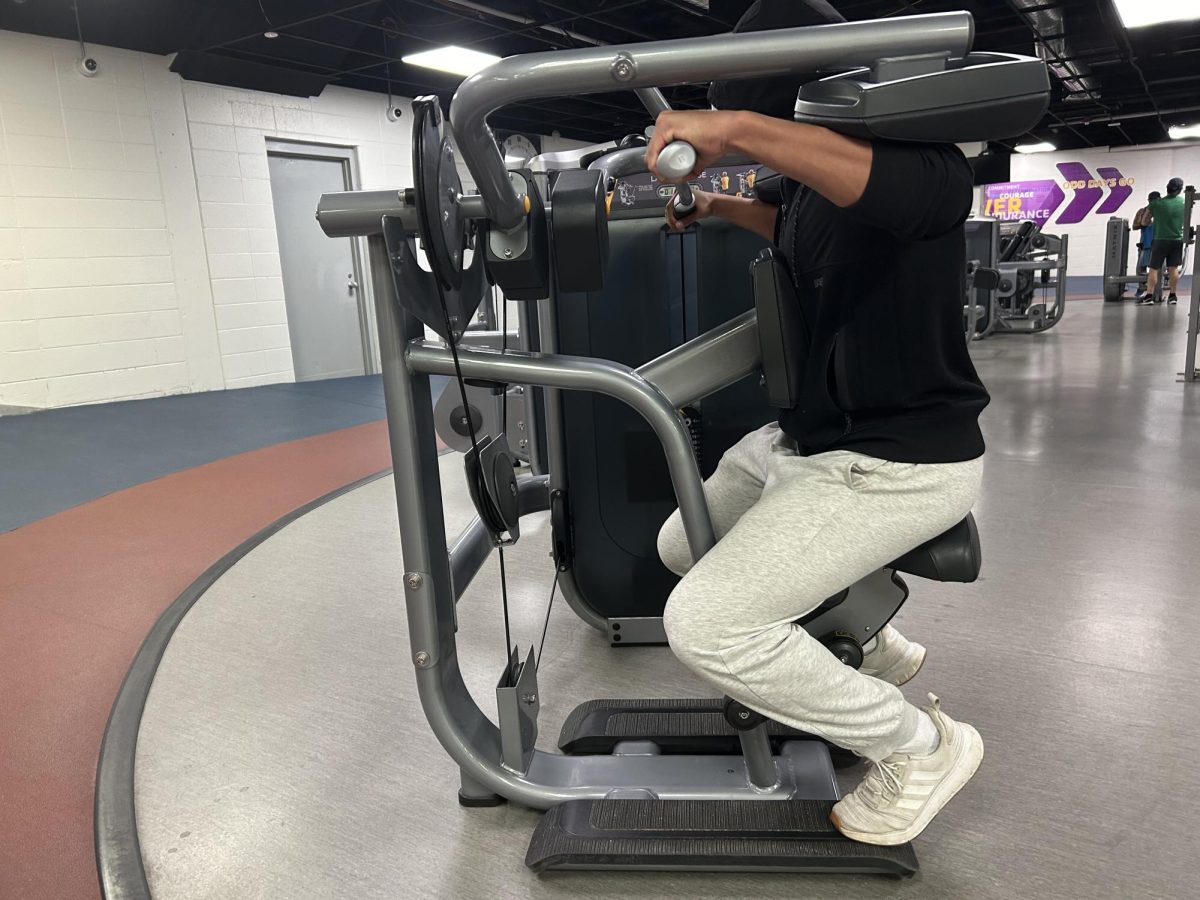
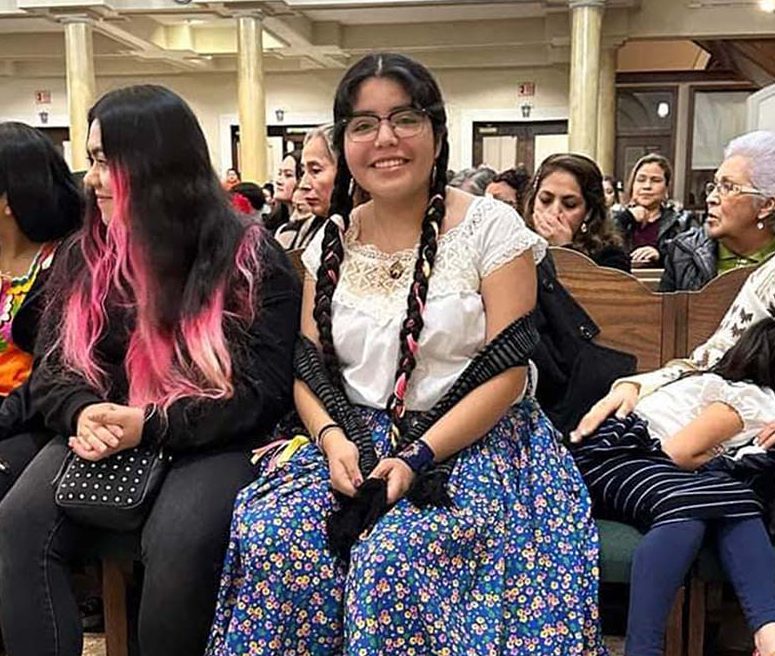
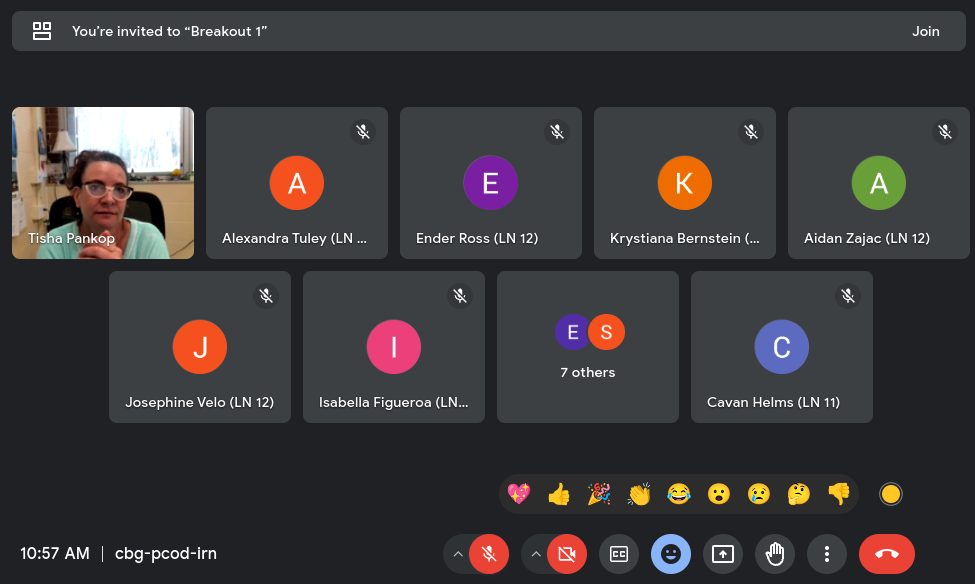
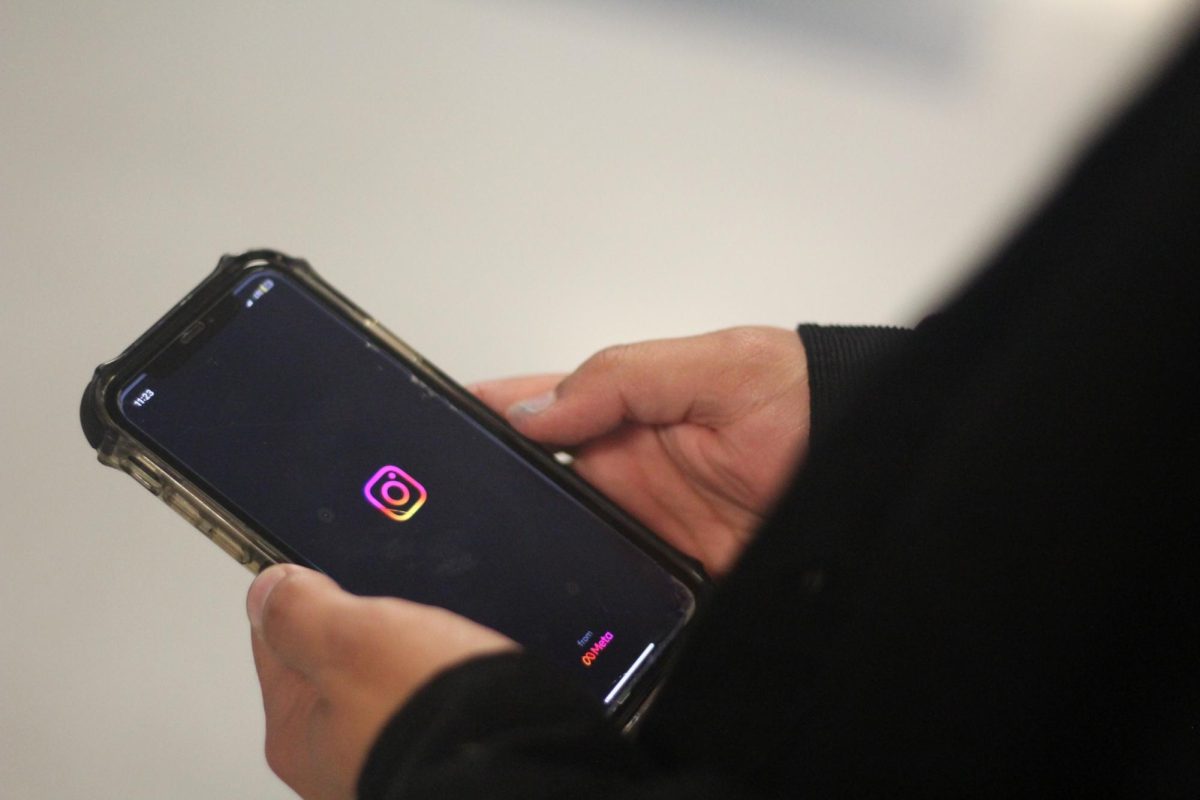
kendracurtis • Jan 18, 2016 at 10:30 am
Reblogged this on kendracurtis.